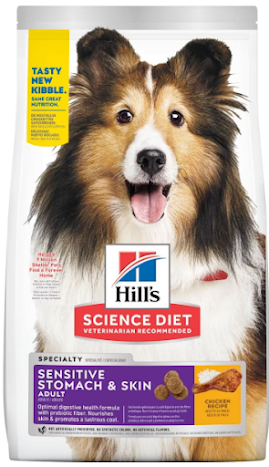Dermatology: Coat Assessment
Check overall coat quality: Is it full and healthy?
Signs to evaluate:
- Dry → may indicate nutritional deficiencies, hypothyroidism, or environmental factors.
- Greasy → could signal seborrhea, hormonal imbalances, or dietary issues.
- Moth-eaten appearance → suggests folliculitis (bacterial infection of hair follicles causing hair loss).
Regular coat assessment helps identify underlying systemic, endocrine, or infectious issues before more obvious skin lesions develop.
Follicular casting (when hair follicles aren't working properly, clogged bits at the ends of the hair)
Definition: Cylindrical keratin or debris that encases the hair shaft, often seen as small tubular sheaths along hairs.
Appearance: White or yellow tubular casts along individual hairs; may be associated with hair loss or scaling.
Causes/Triggers:
- Folliculitis – bacterial infection of hair follicles
- Demodicosis – mite infestations
- Seborrhea or other inflammatory skin conditions
Clinical relevance: Follicular casts indicate active follicular inflammation and help differentiate causes of hair loss and scaling.
KERATINIZATION DISORDER
Seborrhea
Definition: Abnormal scaling and oiliness of the skin due to dysfunction of the sebaceous glands.
Types:
- Seborrhea sicca – dry, flaky skin
- Seborrhea oleosa – greasy, oily skin
Associated conditions:
- Demodex mites often thrive in sebaceous glands, worsening inflammation and scaling
- Underlying endocrine disorders
- Secondary infections
- Exacerbated by immune or dietary factors
- Poor maternal nutrition during pregnancy or lactation, and inadequate diet during puppy weaning can contribute to abnormal skin development.
- Genetic predisposition – certain breeds are commonly affected (e.g., Golden Retrievers, Jack Russell Terriers)
- Secondary irritation or inflammation can worsen scaling
- Chronic infections (bacterial, fungal, or parasitic)
- Foreign bodies
- Immune-mediated or endocrine disorders
- Nutritional factors: Diets that are raw, improperly balanced, or inadequately processed kibble can predispose to chronic skin infections, delayed healing, and formation of draining tracts.
Ontario Association of Veterinary Technicians. (2022). [Dermatology]. Brought to you by OAVT Seminar.









Comments
Post a Comment